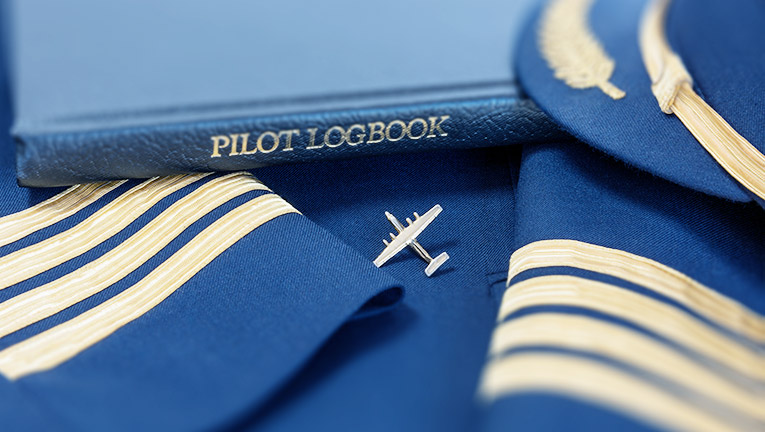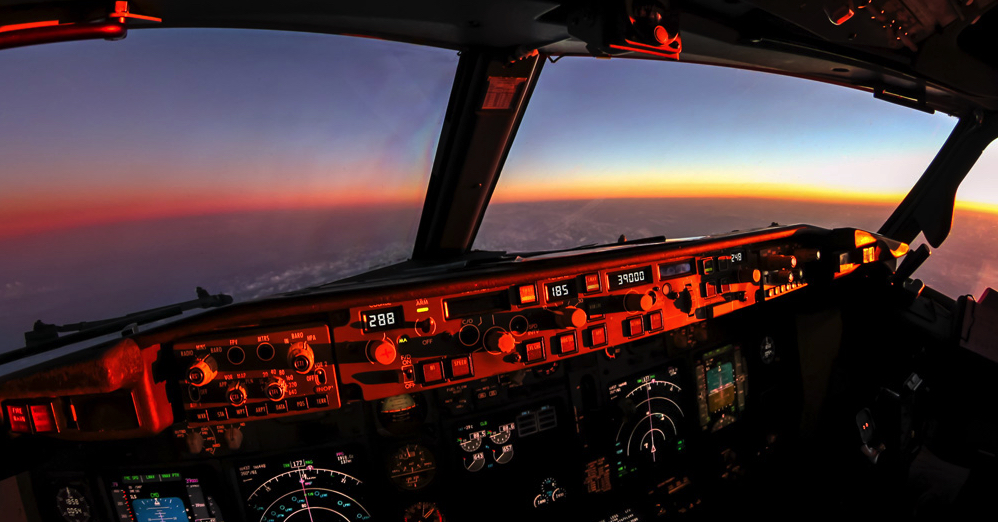There are three main types of licenses: PPL, CPL and ATPL. The first allows non-commercial flying, the second allows for the pilot’s “profession”, the third allows to work as an aircraft commander in an airline.
In addition, a type of “non-commercial” license has been distinguished in Europe – LAPL (light aircraft pilot).

Generally, two types of flight rules can be distinguished, on the basis of which pilots can use their skills:
–VFR (Visual Flight Rules)
– IFR (Instrument Flight Rules)
VFR is flying with the visibility of the earth, which excludes the possibility of moving in or above the clouds. IFR is the so-called flights by instruments. The most important difference, however, is that in VFR flights the captain is responsible for the separation between planes, that is, he just has to watch what is happening in the air around him. In flight IFR, in turn, air traffic control (ATC) is designed to “stack” planes so that they do not collide with each other. In addition, pilots are required to follow the controller’s instructions and move on well-defined air routes. With VFR flights (with some exceptions) in simple terms, you can easily fly wherever and however we like. It is worth noting that the same devices are used in every flight, but in IFR flights they are used to a much greater extent, as necessary for safety.

